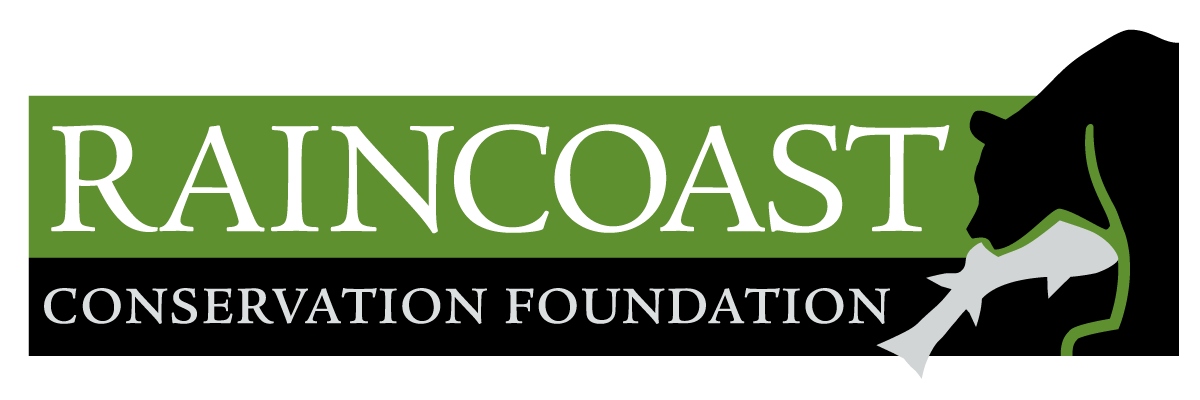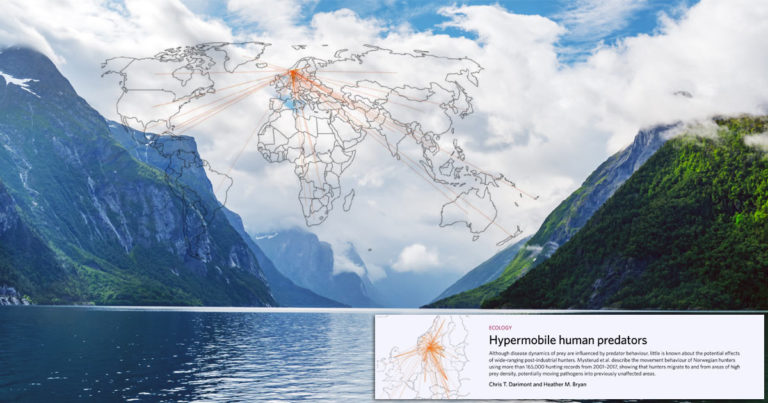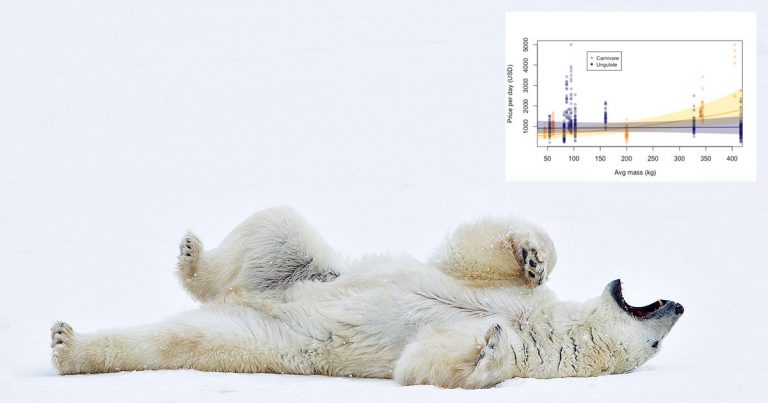On the risk of pathogens carried by hypermobile human predators
In a recent commentary published in Nature Human Behaviour, “Hypermobile human predators,” Raincoast scientists Chris Darimont and Heather Bryan raise questions regarding potential differences between human hunters and other predators with respect to the potential for disease transmission in prey populations and point out a need for further research…


